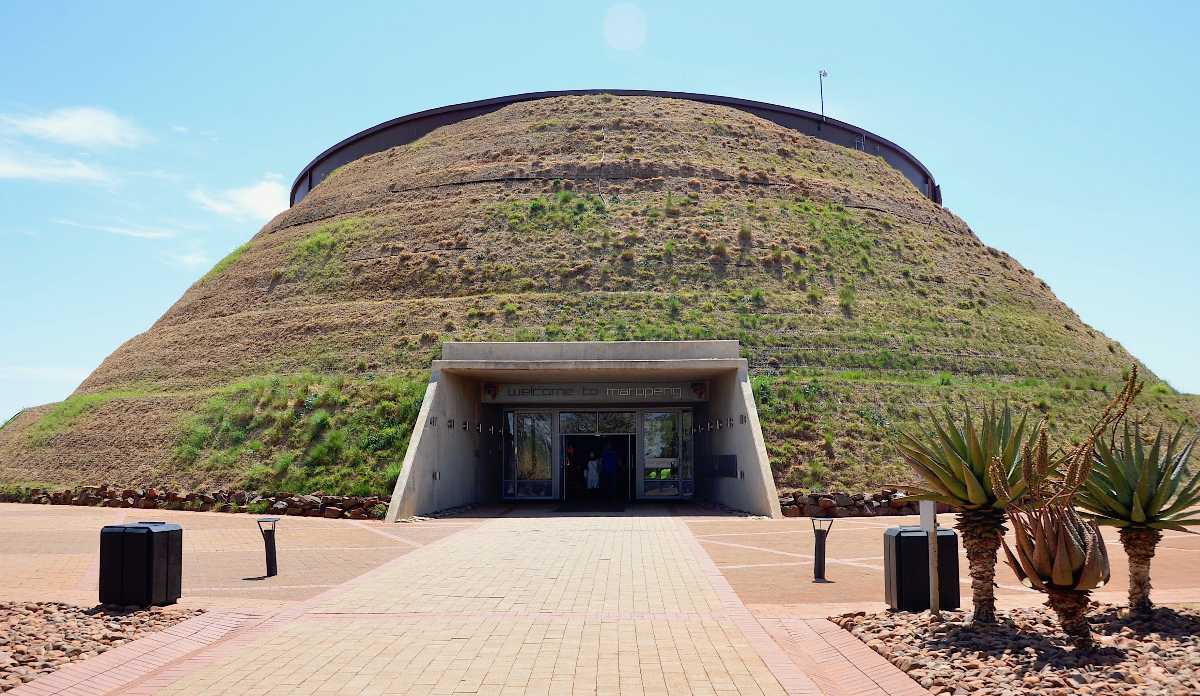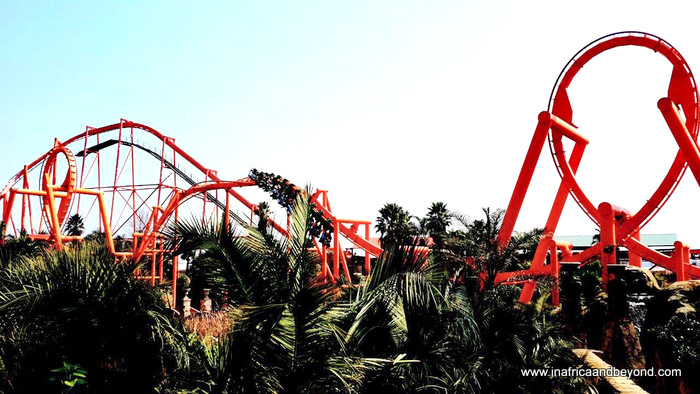More About Johannesburg North Attractions
Table of ContentsJohannesburg North Attractions Can Be Fun For AnyoneFascination About Johannesburg North AttractionsSome Of Johannesburg North AttractionsSome Known Incorrect Statements About Johannesburg North Attractions Rumored Buzz on Johannesburg North AttractionsUnknown Facts About Johannesburg North AttractionsThe Definitive Guide to Johannesburg North Attractions
Nevertheless you need to keep security in mind and visitors should stay alert in all times when in unfamiliar environments. Talk to the citizens when you remain in town to learn about the area you are remaining in. Johannesburg North attractions. When on the road (this doesn't relate to shopping malls and various other safe and secure atmospheres) ideal basic recommendations is to try your ideal to appear like a neighborhood and to avoid displaying any kind of form of wealth
The Greatest Guide To Johannesburg North Attractions
Professor Revil Mason O. J. (Thomson, 1946) checked out the Witwatersrand's pre-colonial background. His historical job exploded the 'em pty land' misconception, according to which the area was lacking human habitation before the arrival of European inhabitants. In his publications Prehistory of the Transvaal: A Record of Human Task (1962) and Origins of Black People of Johannesburg and the Southern Western Central Transvaal Advertisement 3501880 (1986 ), Professor Mason demonstrated the level of social and financial advancement in the area prior to Europeans set foot below.

An Unbiased View of Johannesburg North Attractions
In 1878, David Wardrop found gold in quartz capillaries at Zwartkop, north of Krugersdorp. In 1881, Stephanus Minnaar came across gold on the ranch Kromdraai, near the Cradle of Mankind.
In March 1886, a protrusion (quickly to be called the Main Reef) was located, quite fortuitously, on Gerhardus Oosthuizen's ranch Langlaagte. Some state that the Lancastrian coal miner George Pedestrian uncovered this reef. One more itinerant English prospector, George Harrison (that had previously operated in Australian mines) gotten a prospecting permit in regard of Langlaagte in Might 1886.
He chose to move on in a pursuit for greener fields, and disposed of his Langlaagte claim for the baronial sum of 10. Alas: below lay the wealthiest goldfield ever found. The discovery of this rich auriferous coral reef prompted a gold thrill that signalled the end of bucolic tranquillity in the southerly Transvaal.
It would certainly, within 6 years, end up being the largest town in southern Africa. Within a years, it would certainly make the Z. A. R. up until then an anarchical and insolvent little state the most affluent country in Africa. By the turn of the century, the Z. A. R. was to surpass Russia, Australia and the USA of America to come to be the globe's leading gold producer, generating more than a quarter of the globe's gold.
The Greatest Guide To Johannesburg North Attractions
It was known as Ferreira's Camp, named after Colonel Ignatius Ferreira. He was a Boer traveler upon whom the British authorities had bestowed the standing of Buddy of one of the most Identified Order of St Michael and St George (entitling him to the post-nominal letters C. M. G.) in appreciation for his duty in the war that had actually deposed the Pedi king Sekhukhune in 1879.
Two various other camps were established: Meyer's Camp on the ranch Doornfontein, and Paarl Camp. The latter was nicknamed Afrikander Camp; several individuals from the Cape Nest resolved there.

The smart Trick of Johannesburg North Attractions That Nobody is Talking About
This name gained currency by word of mouth, such that the State Secretary attested the name to the Mining website link Commissioner on 9 October 1886. Stands in the village were auctioned on 8 December 1886. While some Find Out More stands were cost 10, others were knocked down for as low as sixpence.
Two years later, these erven were to alter hands for as high as 750 each. The tented camps decreased as a dorp of corrugated iron buildings established and expanded north of the mines situated along the Key Coral Reef Road. Locations such as Jeppe's Town (where working-class immigrants erected their homes) and Doornfontein (where the wealthy brand-new 'Randlords' began to create their opulent houses) were soon included in the ever-expanding map of the community.
10 Simple Techniques For Johannesburg North Attractions
Apart from the street names, there were no indicators of Johannesburg being situated in a Dutch-speaking nation., almost every person talked English and even the Federal government servants resolved one in English, unless they were very first addressed in the Taal (or Low Dutch)'.
As such, Britain had a rate of interest in making sure optimal conditions for gold production on the Witwatersrand, and that the gold was exported to London rather than Berlin a critical provided all the much more clamant by the Z. A. R - Johannesburg North attractions.'s raising toenadering with Germany. Mine owners got on a clash with President Kruger, whose plan of monopolistic giving ins (frequently granted to link his cronies) stopped mining business from procuring supplies of materials (especially dynamite) and work by themselves, cheaper terms
The Greatest Guide To Johannesburg North Attractions
In 1890, the Volksraad had restricted the franchise to white men that had actually stayed in the Z. A. R. for fourteen years or longer, hence disqualifying the majority of the immigrants (that happened to be the major factors to the fiscus). Agitation for the vote was a simple pretext for advertising a various schedule; a lot of uitlanders regarded themselves as temporary visitors and had no objective of remaining in the Z.